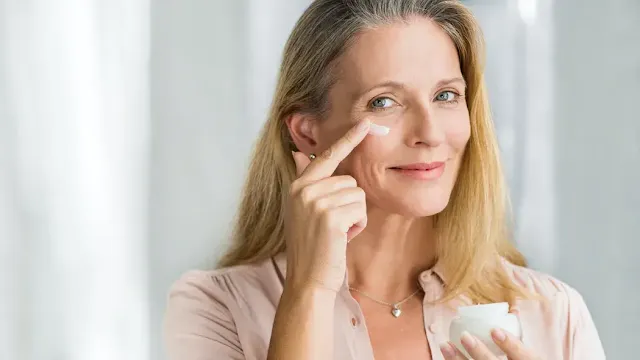The number of times you give birth influences how quickly you age. But the relationship between the number of childbirths and aging is more complex than it seems: just because we have had a lot of children does not mean that we will necessarily age faster than the one who does not. did not have any.
Having one or more children often feels like you've taken a nasty old-fashioned look pretty quickly. Well if a new scientific study is to be believed, it's not just an impression: the number of times you give birth does have an impact on a person's biological aging.
In a study published on November 25 in the journal Scientific Reports, researchers at Pennsylvania State University used health data from 4,418 women, collected between 1999 and 2010. They identified data on the number of pregnancies (resulting in a live birth) per woman and compared them to data from various biological samples used as biomarkers of aging. These nine biomarkers were designed to assess metabolic health, kidney and liver function, anemia and red blood cell disorders, as well as immune function and inflammation.
Verdict: Women who had had few children or not at all, or conversely many children (more than 4 children on average) tended to age faster than those who had between 2 and 4 children. And this regardless of the method used to assess biological aging. Note that these observations apply to postmenopausal women at the time of the study, as no significant results of this type were found in premenopausal women. It would therefore seem that the "harms" for aging parity (whether or not having had children, and how many) are not visible until menopause has set in.
“Our results suggest that pregnancy and childbirth can contribute to the change and deregulation of several different physiological systems that can affect aging once a person is post-menopause,” commented Talia Shirazi, PhD student in Biological Anthropology and co-author of the study. “This is consistent with the metabolic, immunological and endocrinological changes that occur in the body during pregnancy and lactation, as well as with the various risks of disease associated with pregnancy and with reproductive investment in general,” said she added.
For the researcher, there is a sort of compromise for the body between aging and reproduction. Scientists have indeed observed a U-shaped curve: women with an average of two to four children had fewer signs of aging than women who had fewer (or no) children, but also fewer than those who had more than four. children.
The researchers intend to continue their work to learn more about the processes that may be involved in this correlation between number of childbirths and biological aging. Because at the moment, they only have assumptions.


0 Comments